Gem Profile- Basalt
As I said last week, I love the processes of our amazing Earth. This week we're going to talk about a pretty amazing, but really basic rock: Basalt.
If you look at basalt, you won't find much. It's black with no real crystalline structures and hardly any sparkle, dazzle or sheen (unless polished of course). Yet, for all of its boring attributes, the story of basalt is one of fire, floods and excitement...okay, if you like volcanoes like I do, then it's exciting!
If you look at basalt, you won't find much. It's black with no real crystalline structures and hardly any sparkle, dazzle or sheen (unless polished of course). Yet, for all of its boring attributes, the story of basalt is one of fire, floods and excitement...okay, if you like volcanoes like I do, then it's exciting!
How Basalt is Formed
Basalt is the most common rock in the Earth's crust, and the seafloor is mostly made of basalt. It is classified as igneous extruded volcanic rock with aphanitic to porphyritic texture composed mostly of plagioclase and pyroxene minerals and has very little silica giving it a low viscosity.
So, in plain English: Basalt is very liquid lava, rich in magnesium and iron with a low silica content that cools with barely any discernible crystal structure within the rock. Basalt originates at the Mid-Atlantic Ridge, hotspots, shield volcanoes and other volcanic regions. We've even found basalt on the moon and on Mars.
Polished basalt cabochons and rough lava beads.
Basalt is the most common rock in the Earth's crust, and the seafloor is mostly made of basalt. It is classified as igneous extruded volcanic rock with aphanitic to porphyritic texture composed mostly of plagioclase and pyroxene minerals and has very little silica giving it a low viscosity.
So, in plain English: Basalt is very liquid lava, rich in magnesium and iron with a low silica content that cools with barely any discernible crystal structure within the rock. Basalt originates at the Mid-Atlantic Ridge, hotspots, shield volcanoes and other volcanic regions. We've even found basalt on the moon and on Mars.
Polished basalt cabochons and rough lava beads.

Because basalt is the most common rock on our planet, let's take a little time to explore where it's found. One of the ways that basalt forms is through divergent plate boundaries like the Mid-Atlantic Ridge which splits the North-American and Eurasian plates. Iceland, the Azores and the Canary Islands are along this ridge. Newer rock is closest to the plate boundary and the spreading causes ridges to form as the lava cools and spreads. An interesting factoid; our Earth changes polarity every now and then which we have been able to measure by studying the sea floor spreading along ridges. Magnetite is a common component in basalt and will line itself up with magnetic north allowing us to measure the frequency of polar reversals.
Basalt also forms as a result of hotspots, or magma plumes, just below the ocean crust which then forms shield volcanoes like the Hawaiian Islands and the Galapagos Islands. Basalt also forms the largest volcano in our solar system, Olympus Mons on Mars, and it makes up the floor of the lunar seas on the moon.
Glowing molten basalt
Basalt also forms as a result of hotspots, or magma plumes, just below the ocean crust which then forms shield volcanoes like the Hawaiian Islands and the Galapagos Islands. Basalt also forms the largest volcano in our solar system, Olympus Mons on Mars, and it makes up the floor of the lunar seas on the moon.
Glowing molten basalt

It might be under your feet!
Magma plumes are also responsible for the many basalt flood plains on the continents throughout the earth as well. On the continents we also have a hotspot underneath Yellowstone National Park that has erupted with large basalt flows in the past. We can even trace tectonic plate movement by looking at the Snake River plain in Southern Idaho; you can trace the path the land took across the Yellowstone hotspot by the "smile" in Idaho. This same magma plume was also responsible for the large basalt flood plains throughout the region including the Columbia River Basalt Plains in Washington and Oregon. These were caused by huge fissures opening up on the surface of the Earth and allowing the hot lava to flow.
Because basalt has low silica content, the lava can flow up to 15 mph and cover a large area. The basalt flow on the Columbia River plain is nearly 6,000 feet deep in places and covers over 100,000 square miles.
Spokane, Washington, like much of the Northwest, resides on a field of basalt. Spokane's famous river runs through the city - those rocks in the water are basalt.
Magma plumes are also responsible for the many basalt flood plains on the continents throughout the earth as well. On the continents we also have a hotspot underneath Yellowstone National Park that has erupted with large basalt flows in the past. We can even trace tectonic plate movement by looking at the Snake River plain in Southern Idaho; you can trace the path the land took across the Yellowstone hotspot by the "smile" in Idaho. This same magma plume was also responsible for the large basalt flood plains throughout the region including the Columbia River Basalt Plains in Washington and Oregon. These were caused by huge fissures opening up on the surface of the Earth and allowing the hot lava to flow.
Because basalt has low silica content, the lava can flow up to 15 mph and cover a large area. The basalt flow on the Columbia River plain is nearly 6,000 feet deep in places and covers over 100,000 square miles.
Spokane, Washington, like much of the Northwest, resides on a field of basalt. Spokane's famous river runs through the city - those rocks in the water are basalt.

This, however, is dwarfed by the Siberian Traps which are estimated to have erupted enough lava to cover nearly 37 million square miles of land and is being put forward as the main cause of the demise of the dinosaurs. These types of flood plains are found all over the world, though in smaller quantities.
Basalt also forms in dikes, sills, and columns that have proven to be quite a puzzle to early geologists. In Ireland lies a formation called the "Giant's Causeway" that is made of basalt columns that have cooled and begun to shrink, forming long columns of rock that look like different geometric shapes from the top.
In the United States, the Devil's Tower in Wyoming is a great example of this same columnar jointing; this was formed when a basalt volcano cooled and fractured into columns. Over the years, the outside of the volcano was eroded away, leaving the hard basalt underneath. The Devil's Postpile near Mammoth Lakes, California is another example of columnar jointing as is Paul Bunyan's Woodpile in central Utah.
Devil's Tower in Wyoming.
Basalt also forms in dikes, sills, and columns that have proven to be quite a puzzle to early geologists. In Ireland lies a formation called the "Giant's Causeway" that is made of basalt columns that have cooled and begun to shrink, forming long columns of rock that look like different geometric shapes from the top.
In the United States, the Devil's Tower in Wyoming is a great example of this same columnar jointing; this was formed when a basalt volcano cooled and fractured into columns. Over the years, the outside of the volcano was eroded away, leaving the hard basalt underneath. The Devil's Postpile near Mammoth Lakes, California is another example of columnar jointing as is Paul Bunyan's Woodpile in central Utah.
Devil's Tower in Wyoming.

Depending on where you live, it may be called buh-SALT or BAA-salt, but either way, it's hardened lava. It can look like charcoal pellets, but it can also be a nest for amethyst or other gems to grow inside.
Well, I'm getting pretty long-winded about a boring black rock, but I did tell you that even though the rock is rather plain and not very exciting, the process for us to be able to see and use it is fascinating! Basalt does have a hardness of 8 on Moh's Scale making it a very hard rock, but it will take a nice polish, though it's just as beautiful in the unpolished state.
Well, I'm getting pretty long-winded about a boring black rock, but I did tell you that even though the rock is rather plain and not very exciting, the process for us to be able to see and use it is fascinating! Basalt does have a hardness of 8 on Moh's Scale making it a very hard rock, but it will take a nice polish, though it's just as beautiful in the unpolished state.
Non-Jewelry Basalt Uses
Basalt stones are used in massage therapy to help alleviate stress. They're also thought to rid the body of anger and help with understanding another's point of view; even to promote reproductive health and bring stability and clarity. If you're going through a difficult time in your life, Basalt is said to be able to help you draw your upon your own "fire within" and diminish the negative influences in your life.
Basalt stones are used in massage therapy to help alleviate stress. They're also thought to rid the body of anger and help with understanding another's point of view; even to promote reproductive health and bring stability and clarity. If you're going through a difficult time in your life, Basalt is said to be able to help you draw your upon your own "fire within" and diminish the negative influences in your life.
Resources & Recommended Reading
Basalt on USGS
Geology.com "What Is Basalt, How Does It Form and How Is It Used?"
Basalt on USGS
Geology.com "What Is Basalt, How Does It Form and How Is It Used?"
Materials

Wire

Cabochons

Beads
Tools

WireJewelry - Ultimate Wire-Pliers Jewelry Pliers with Case, Set of 5
G15-20
- G15-20
- Lesson Quantity: 1.00 pieces
- Purchase Quantity: 1.00 each
- Price: $170.72
- Gold Club Price: $128.04

Bench Tools
- Category: General Education
- Technique(s): General Education













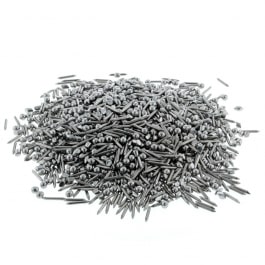







 About Jewelry Chain- About Ball Chain
About Jewelry Chain- About Ball Chain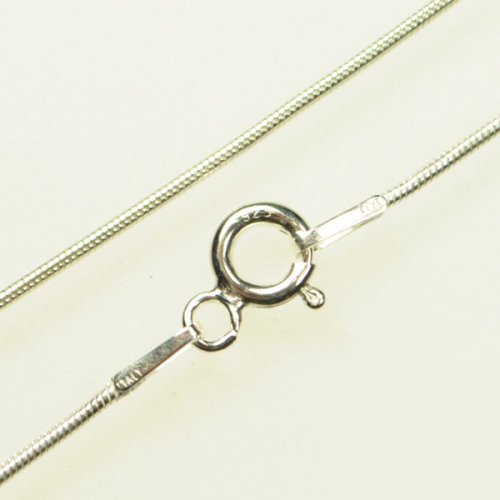 About Jewelry Chain- Snake Chain and Omega Chain
About Jewelry Chain- Snake Chain and Omega Chain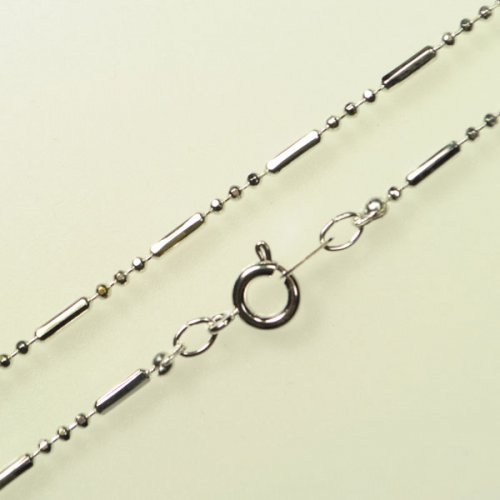 About Jewelry Chain- Bar Chain and Peanut Chain
About Jewelry Chain- Bar Chain and Peanut Chain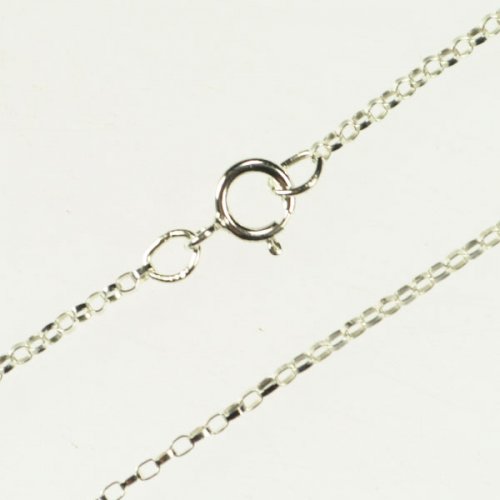 About Jewelry Chain - Cable Chain and Rolo Chain
About Jewelry Chain - Cable Chain and Rolo Chain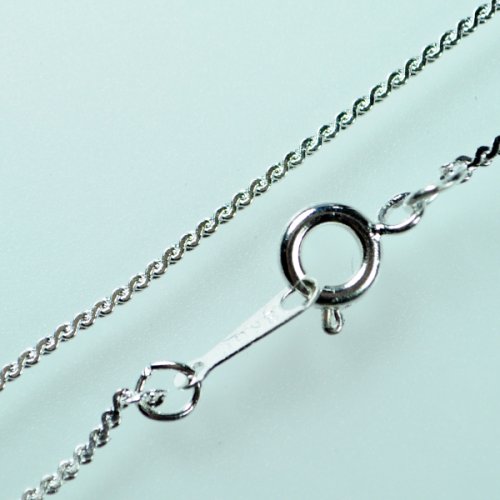 About Jewelry Chain- Curb Chain and Gourmette Chain
About Jewelry Chain- Curb Chain and Gourmette Chain About Jewelry Chain- Figaro Chain
About Jewelry Chain- Figaro Chain About Jewelry Chain- Infinity Chain and Anchor Chain
About Jewelry Chain- Infinity Chain and Anchor Chain About Jewelry Chain- Chain Reference Sheet
About Jewelry Chain- Chain Reference Sheet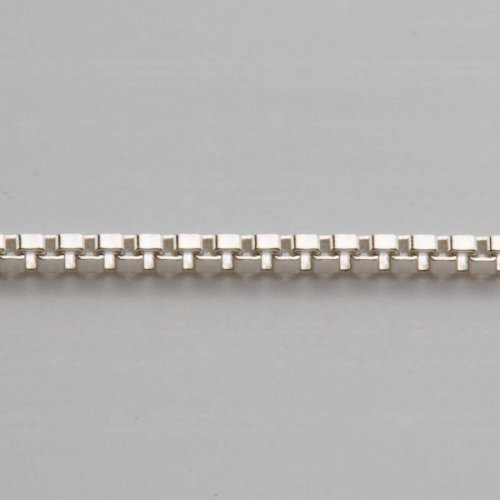 About Jewelry Chain- Venetian Chain and Box Chain
About Jewelry Chain- Venetian Chain and Box Chain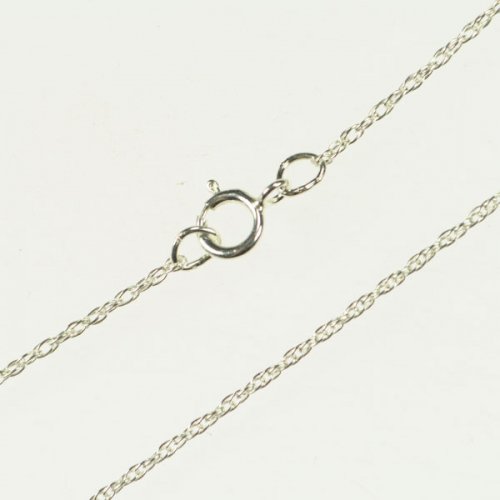 About Jewelry Chain- Wheat Chain and Rope Chain
About Jewelry Chain- Wheat Chain and Rope Chain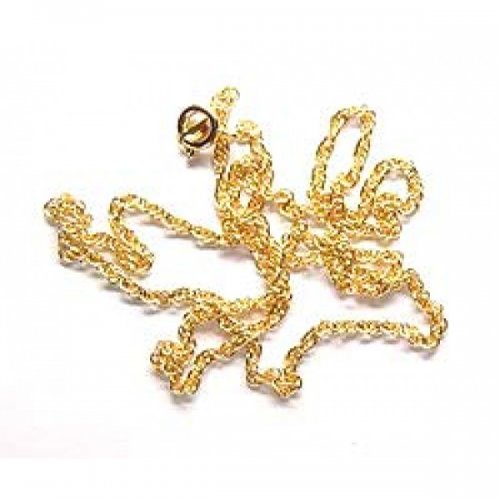 Introduction to Chain
Introduction to Chain Access More Money by Making Jewelry When Your Prices Are Right
Access More Money by Making Jewelry When Your Prices Are Right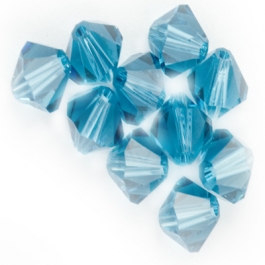 An Introduction to Beads and Beading
An Introduction to Beads and Beading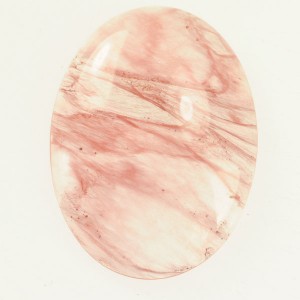 Common Gemstone Misconceptions
Common Gemstone Misconceptions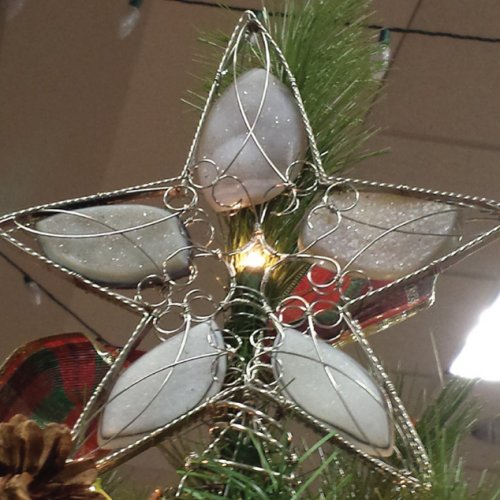 Wire Wrapped Christmas Tree
Wire Wrapped Christmas Tree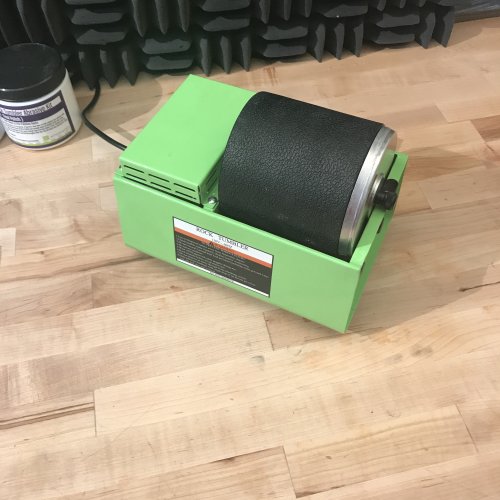 How To Polish Metal Jewelry using a Rotary Tumbler
How To Polish Metal Jewelry using a Rotary Tumbler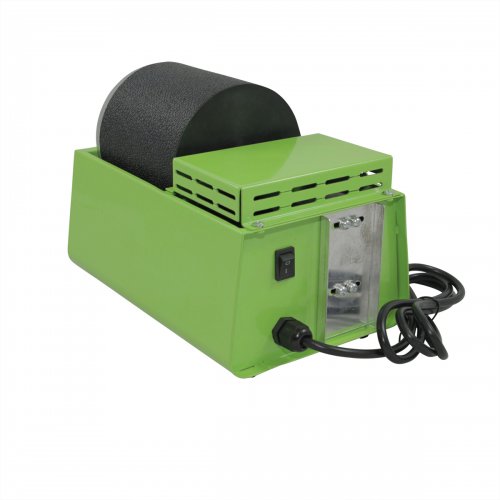 How To Polish Your Own Rocks using a Rotary Rock Tumbler
How To Polish Your Own Rocks using a Rotary Rock Tumbler How to Merchandise Your Jewelry on the Internet
How to Merchandise Your Jewelry on the Internet How to Use Twitter as a Wire Jewelry Artist
How to Use Twitter as a Wire Jewelry Artist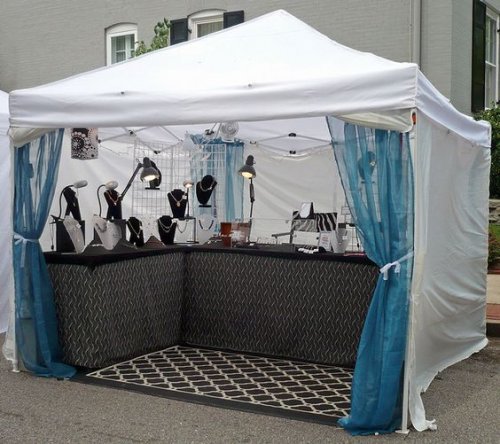 20 Ideas to get your Jewelry Biz Busy
20 Ideas to get your Jewelry Biz Busy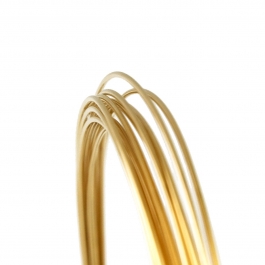 Watching the Precious Metals Market
Watching the Precious Metals Market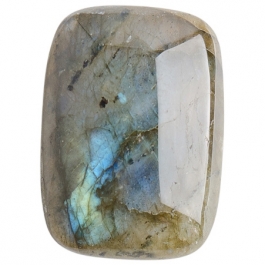 Jewelry Design Ideas - Get Inspired
Jewelry Design Ideas - Get Inspired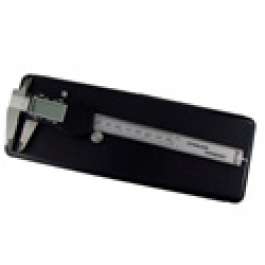 Measuring Tools
Measuring Tools July Birthstone - The Ruby
July Birthstone - The Ruby February Birthstone- Amethyst
February Birthstone- Amethyst March Birthstone - Aquamarine and Bloodstone
March Birthstone - Aquamarine and Bloodstone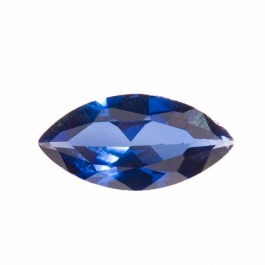 September Birthstone - Sapphire
September Birthstone - Sapphire November Birthstones - Topaz and Citrine
November Birthstones - Topaz and Citrine October Birthstones - Rose Zircon, Pink Tourmaline and Opal
October Birthstones - Rose Zircon, Pink Tourmaline and Opal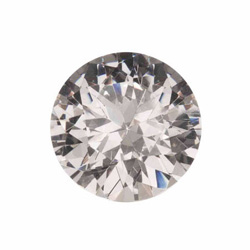 April Birthstone - The Diamond
April Birthstone - The Diamond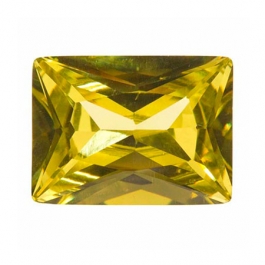 August Birthstone - Peridot and Sardonyx
August Birthstone - Peridot and Sardonyx June Birthstones - Alexandrite, Pearl and Moonstone
June Birthstones - Alexandrite, Pearl and Moonstone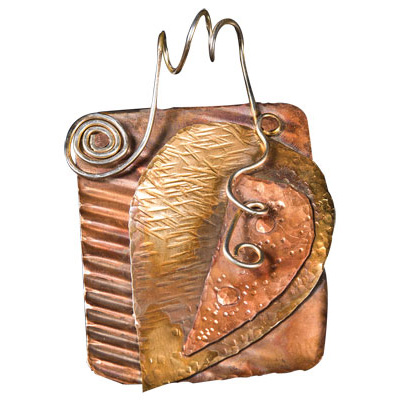 Metalsmithing
Metalsmithing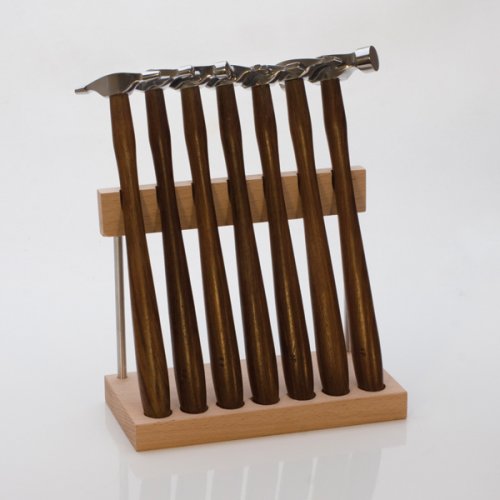 Featured Tool - Mini TruStrike Hammers
Featured Tool - Mini TruStrike Hammers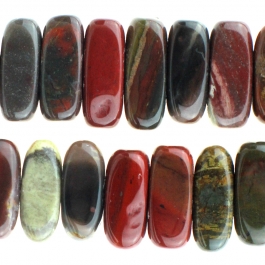 Natural Jasper Stones - Cabochon Gemstones
Natural Jasper Stones - Cabochon Gemstones Organize Your Jewelry Box
Organize Your Jewelry Box Pearls- It's a Cultural Thing
Pearls- It's a Cultural Thing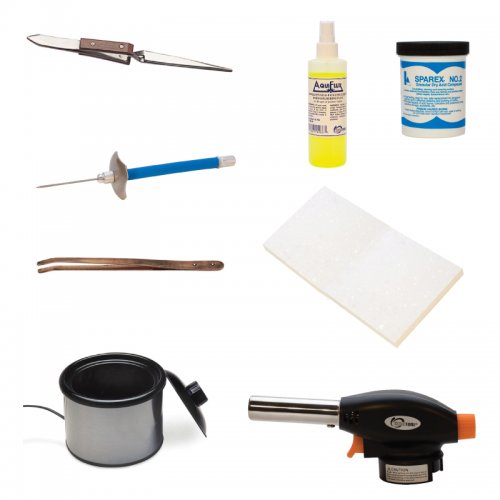 Soldering 101
Soldering 101 Starting Your Own Home Jewelry Business
Starting Your Own Home Jewelry Business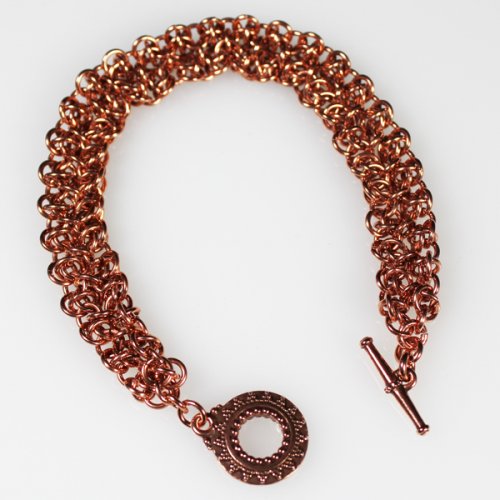 The Art of Creating Chainmail
The Art of Creating Chainmail Why Should I Be Using Facebook
Why Should I Be Using Facebook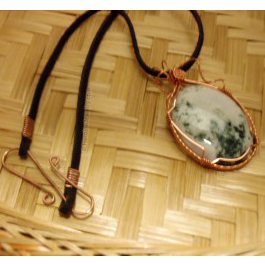 Make Handmade Neck Cords on a Dime
Make Handmade Neck Cords on a Dime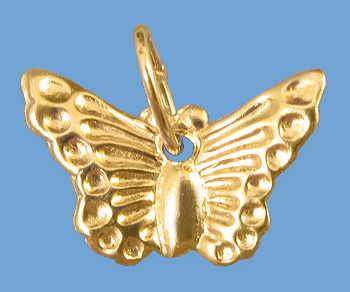 Tagging Handmade Jewelry Gifts
Tagging Handmade Jewelry Gifts Share Your Expertise with Your Community
Share Your Expertise with Your Community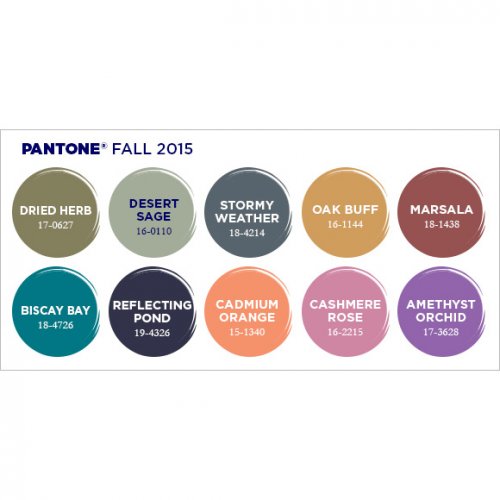 Creating Color Schemes for Jewelry Making
Creating Color Schemes for Jewelry Making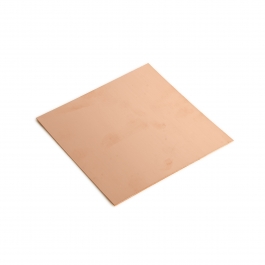 Bronze, Brass, Nickel Silver and Copper Base Metals
Bronze, Brass, Nickel Silver and Copper Base Metals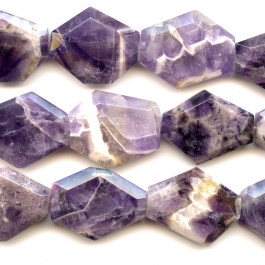 Gemstone Treatments
Gemstone Treatments How Wire is Made
How Wire is Made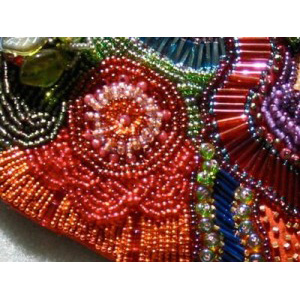 Beading A-B-C's
Beading A-B-C's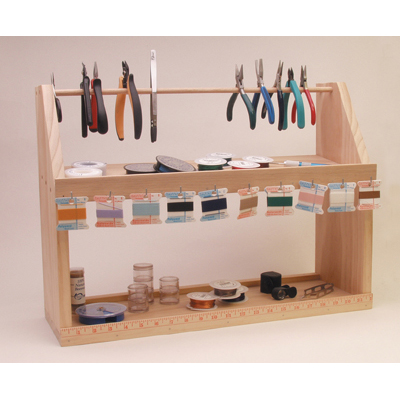 How to Set Up Your Workspace
How to Set Up Your Workspace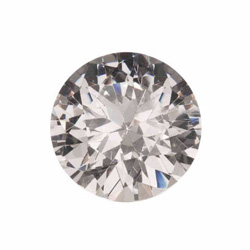 Gem Profile- Diamond
Gem Profile- Diamond Gem Profile- Peridot
Gem Profile- Peridot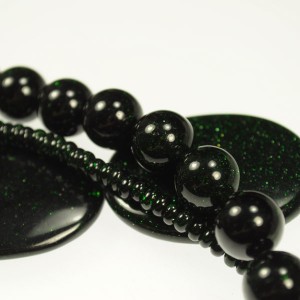 Gem Profile- Goldstone
Gem Profile- Goldstone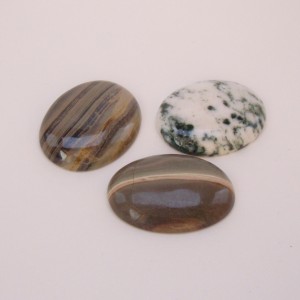 Gem Profile- Cryptocrystalline Quartz Introduction
Gem Profile- Cryptocrystalline Quartz Introduction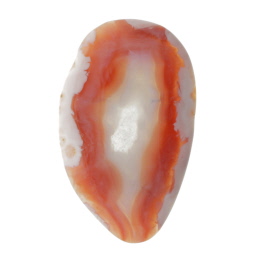 Gem Profile- Banded Agate and Brecciated Agate
Gem Profile- Banded Agate and Brecciated Agate Gem Profile- Emerald
Gem Profile- Emerald Gem Profile- Titanite or Sphene
Gem Profile- Titanite or Sphene Gem Profile- Morganite
Gem Profile- Morganite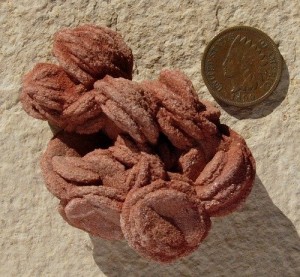 Gem Profile- Desert Rose
Gem Profile- Desert Rose Gem Profile- Iolite
Gem Profile- Iolite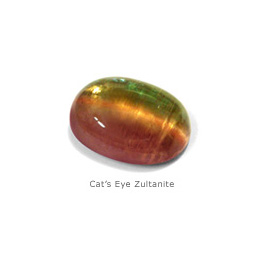 Gem Profile- Zultanite
Gem Profile- Zultanite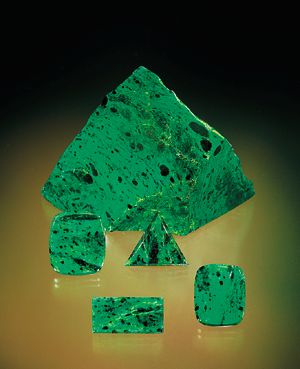 Gem Profile- Maw Sit Sit
Gem Profile- Maw Sit Sit Gem Profile- Tanzanite
Gem Profile- Tanzanite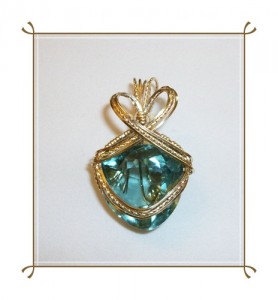 Gem Profile- Aquamarine
Gem Profile- Aquamarine Gem Profile- Turquoise
Gem Profile- Turquoise Gem Profile- Turquoise Types
Gem Profile- Turquoise Types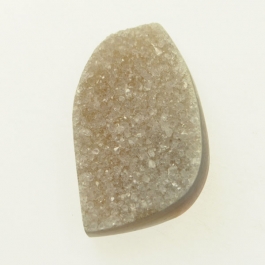 Gem Profile- What's Druze
Gem Profile- What's Druze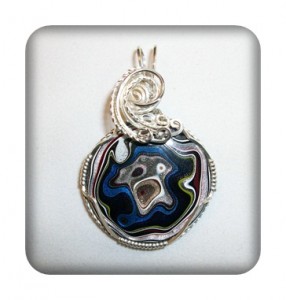 Gem Profile- Fordite
Gem Profile- Fordite Gem Profile- Variscite
Gem Profile- Variscite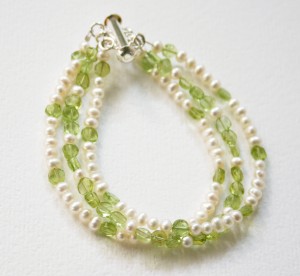 Gem Profile- Pearls
Gem Profile- Pearls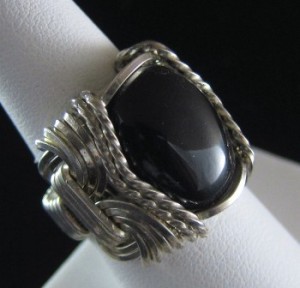 Gem Profile- Onyx
Gem Profile- Onyx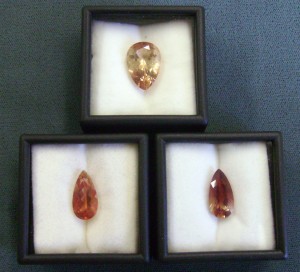 Gem Profile- Sunstone
Gem Profile- Sunstone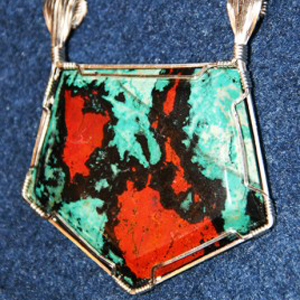 Gem Profile- Sonora Sunrise
Gem Profile- Sonora Sunrise Gem Profile- Rhodonite
Gem Profile- Rhodonite Gem Profile- Glass, Crystal and Quartz
Gem Profile- Glass, Crystal and Quartz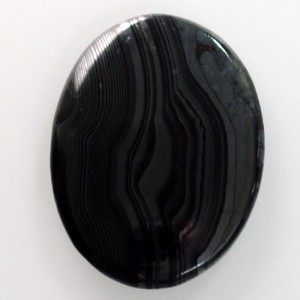 Gem Profile- Psilomelane
Gem Profile- Psilomelane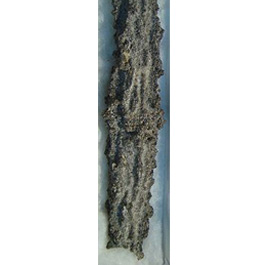 Gem Profile- Fulgurite
Gem Profile- Fulgurite Gem Profile- Cat's Eye
Gem Profile- Cat's Eye Gem Profile- Carnelian
Gem Profile- Carnelian Gem Profile- Petoskey Stones and Indonesian Fossil Coral
Gem Profile- Petoskey Stones and Indonesian Fossil Coral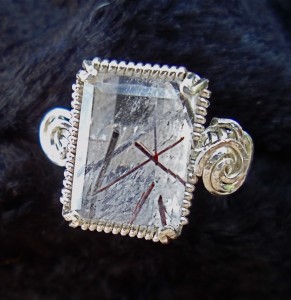 Gem Profile- Rutilated Quartz
Gem Profile- Rutilated Quartz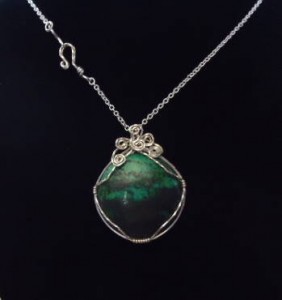 Gem Profile- Chrysocolla
Gem Profile- Chrysocolla Gem Profile- Jet
Gem Profile- Jet Gem Profile- Chrysoprase
Gem Profile- Chrysoprase Gem Profile- Rhyolite
Gem Profile- Rhyolite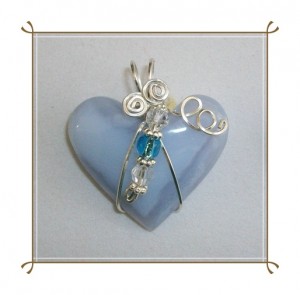 Gem Profile- Chalcedony
Gem Profile- Chalcedony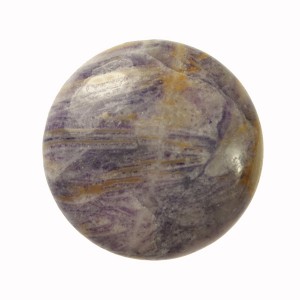 Gem Profile- Lepidolite and Sugilite
Gem Profile- Lepidolite and Sugilite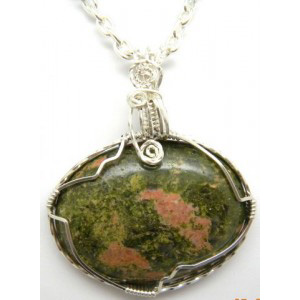 Gem Profile- Unakite
Gem Profile- Unakite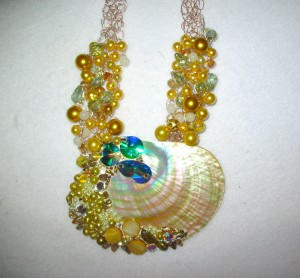 Gem Profile- Cowrie Shells, Conch Shells, and Drilling Shells
Gem Profile- Cowrie Shells, Conch Shells, and Drilling Shells Gem Profile- Mother of Pearl
Gem Profile- Mother of Pearl Gem Profile- Moss Agate and Plume Agate
Gem Profile- Moss Agate and Plume Agate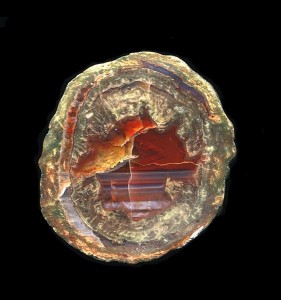 Gem Profile- Thundereggs and Mexican Lace Agate
Gem Profile- Thundereggs and Mexican Lace Agate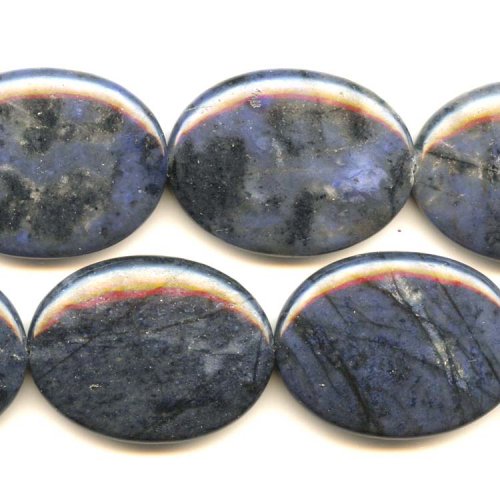 Gem Profile- Dumortierite
Gem Profile- Dumortierite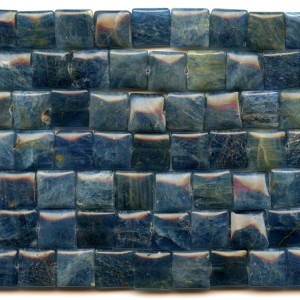 Gem Profile- Apatite
Gem Profile- Apatite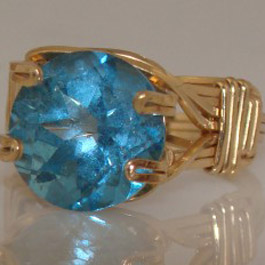 Gem Profile- Blue Topaz
Gem Profile- Blue Topaz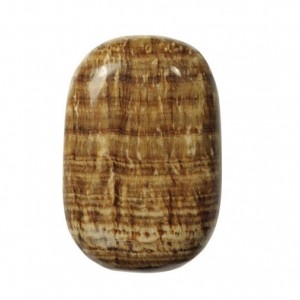 Gem Profile- Aragonite
Gem Profile- Aragonite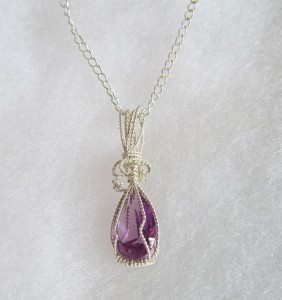 Gem Profile- Zircon and Cubic Zirconia
Gem Profile- Zircon and Cubic Zirconia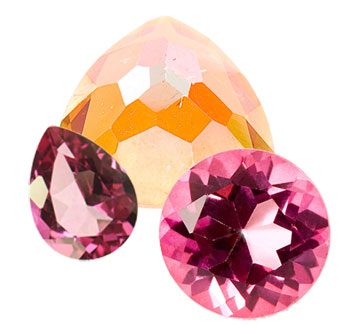 Gem Profile- Topaz
Gem Profile- Topaz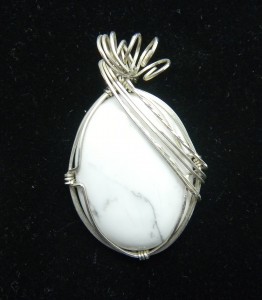 Gem Profile- Howlite
Gem Profile- Howlite Gem Profile- Sodalite
Gem Profile- Sodalite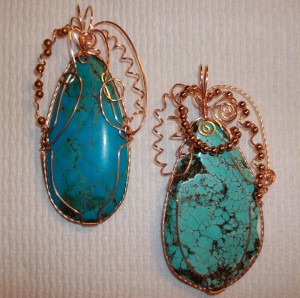 Gem Profile- Magnesite
Gem Profile- Magnesite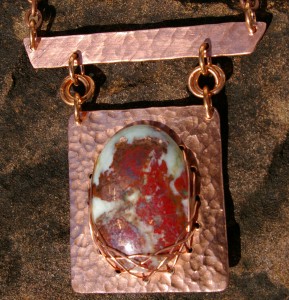 Gem Profile- Cuprite
Gem Profile- Cuprite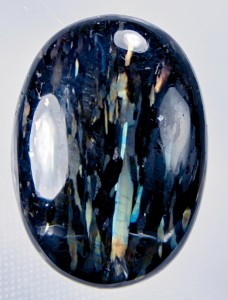 Gem Profile- Nuummite
Gem Profile- Nuummite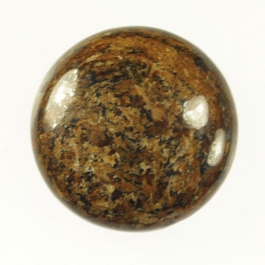 Gem Profile- Bronzite
Gem Profile- Bronzite Gem Profile- Kyanite
Gem Profile- Kyanite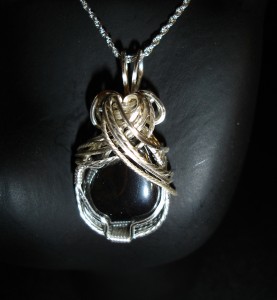 Gem Profile- Hematite
Gem Profile- Hematite Gem Profile- Derbyshire Blue John
Gem Profile- Derbyshire Blue John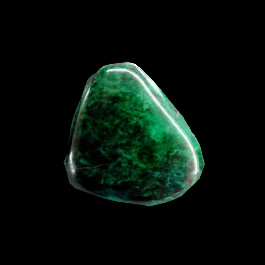 Gem Profile- Eilat Stone
Gem Profile- Eilat Stone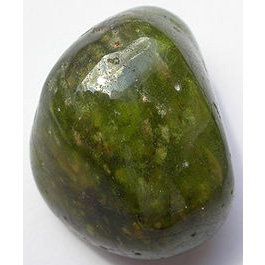 Gem Profile- Vesuvianite
Gem Profile- Vesuvianite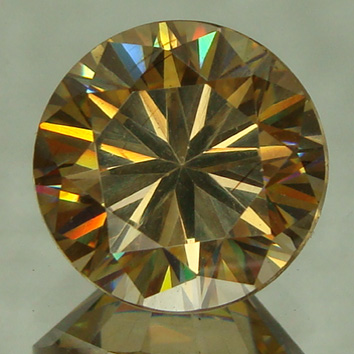 Gem Profile- Strontium Titanate -Fabulite
Gem Profile- Strontium Titanate -Fabulite Gem Profile- Tourmaline
Gem Profile- Tourmaline Gem Profile- Larimar
Gem Profile- Larimar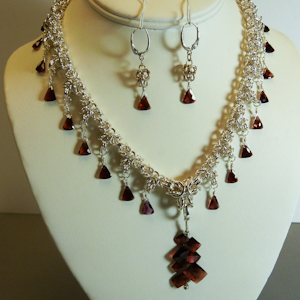 Gem Profile- Garnet
Gem Profile- Garnet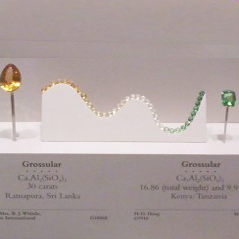 Gem Profile- Tsavorite and Green Garnets
Gem Profile- Tsavorite and Green Garnets Gem Profile- Seraphinite
Gem Profile- Seraphinite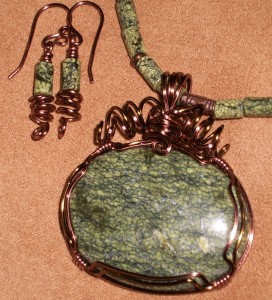 Gem Profile- Serpentine
Gem Profile- Serpentine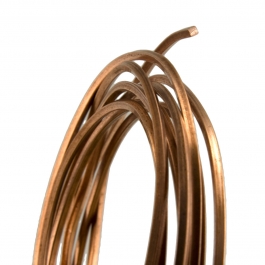 American Wire Gauge
American Wire Gauge Viking Knit and Spool Knit Chain
Viking Knit and Spool Knit Chain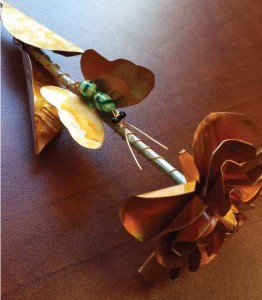 Copper Roses
Copper Roses How to Make Medical ID Bracelets Special
How to Make Medical ID Bracelets Special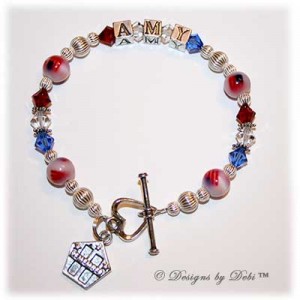 Remembering the Fallen
Remembering the Fallen 6 Ways to Find Your Uniqueness in Jewelry
6 Ways to Find Your Uniqueness in Jewelry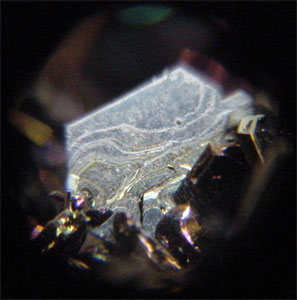 Gem Profile- Moissanite
Gem Profile- Moissanite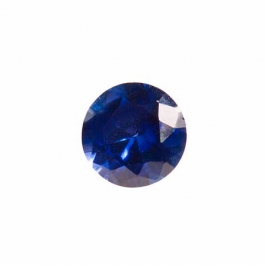 Birthstone Swarovski Colors
Birthstone Swarovski Colors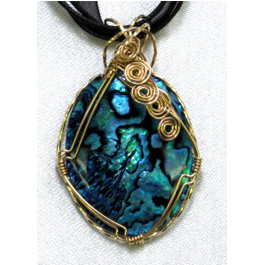 Gem profile- Paua and Abalone
Gem profile- Paua and Abalone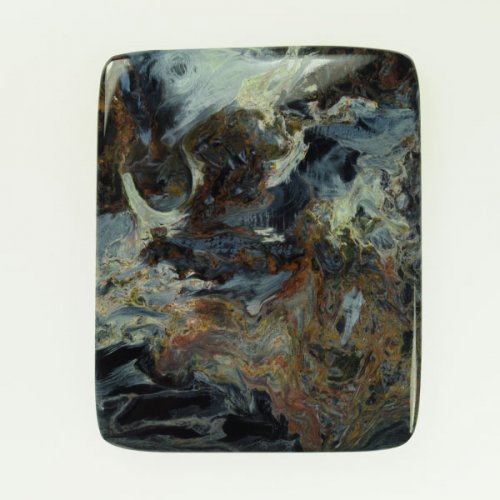 Tips for Tucson Shopping- Gem Show Secrets
Tips for Tucson Shopping- Gem Show Secrets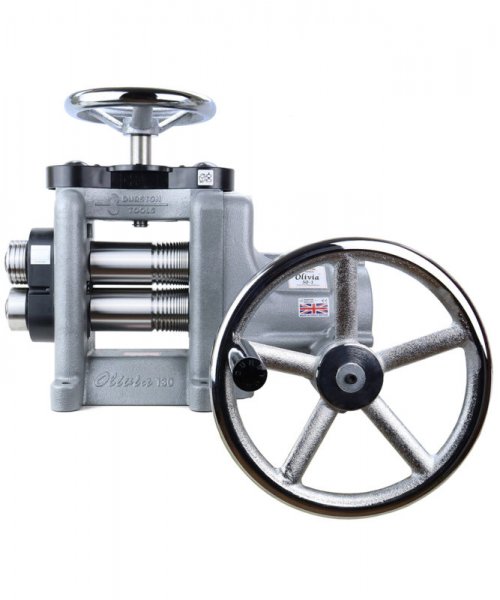 Durston Olivia Rolling Mills
Durston Olivia Rolling Mills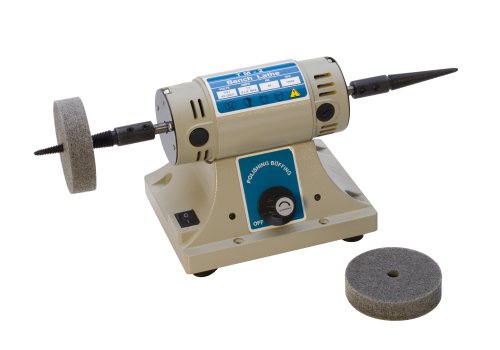 How to Use a Jewelry Bench Polisher Effectively
How to Use a Jewelry Bench Polisher Effectively 
